Recently, Moderna held the Fifth Science and Technology Day. In the report, the company presented recent advances in modified mRNA therapy delivery and stability.
The mRNA itself is unstable, so improving mRNA stability is of great practical significance in prolonging the storage duration and shelf life.
Moderna's researchers have found in their studies that the tertiary amine nitrogen of ionizable lipids in LNP formulations can react with mRNA to generate adducts.
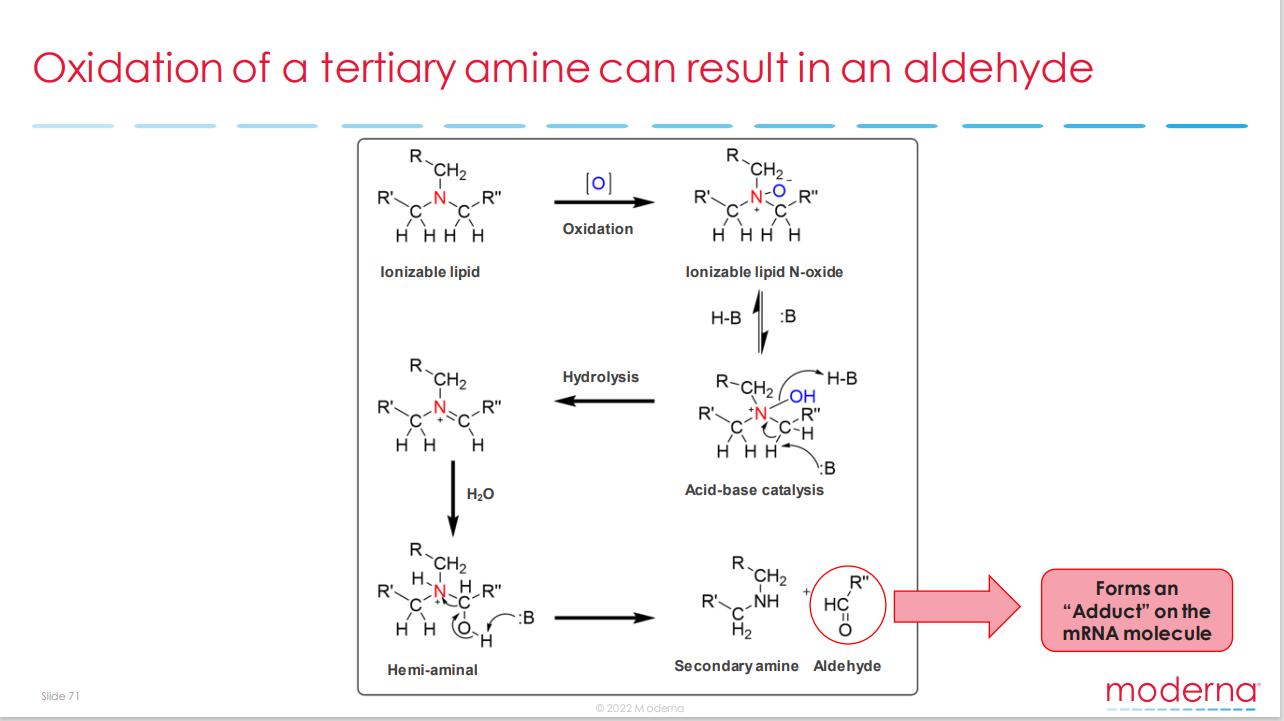
These adducts may cause mRNA untranslated, thereby reducing the expression of the protein encoded by the mRNA.
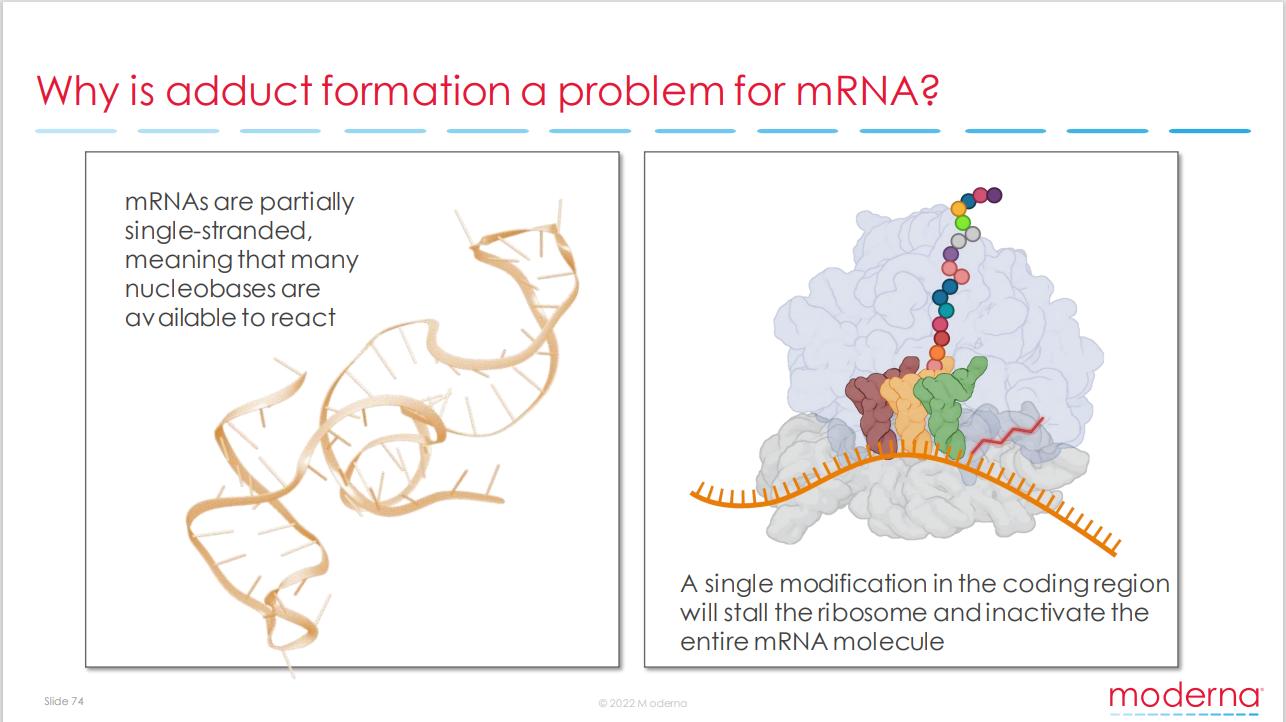 As ionizable lipids are widely present in LNP formulations, the mechanism of decreasing mRNA expression may be widely applied to most LNP products used in the industry.
As ionizable lipids are widely present in LNP formulations, the mechanism of decreasing mRNA expression may be widely applied to most LNP products used in the industry.
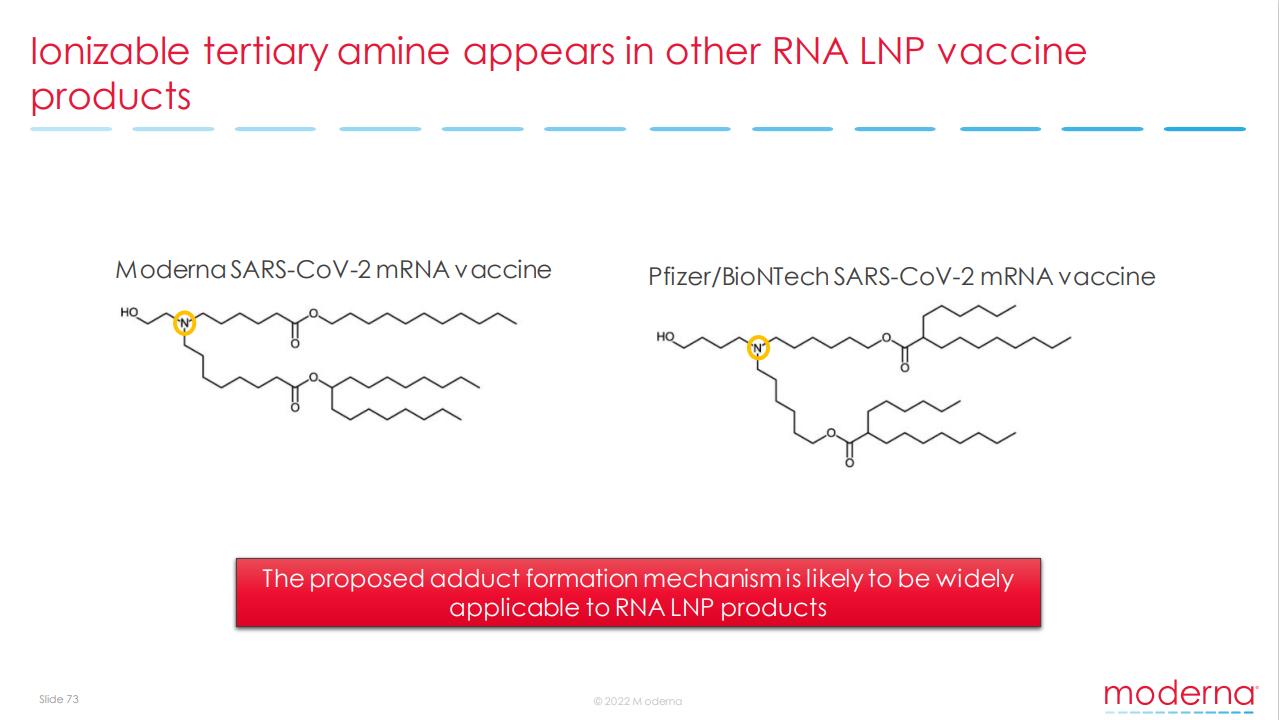 According to Moderna's studies, different means should be taken to reduce the generation of adducts during the manufacturing of mRNA-based LNP products, which may bring multiple benefits including improving shelf life, allowing high-temperature storage, maintaining product activity and ensuring batch-to batch consistency.
According to Moderna's studies, different means should be taken to reduce the generation of adducts during the manufacturing of mRNA-based LNP products, which may bring multiple benefits including improving shelf life, allowing high-temperature storage, maintaining product activity and ensuring batch-to batch consistency.
Moderna states that Tris buffer may reduce adduct formation, allowing long-term storage of mRNA products at 2-8°C.
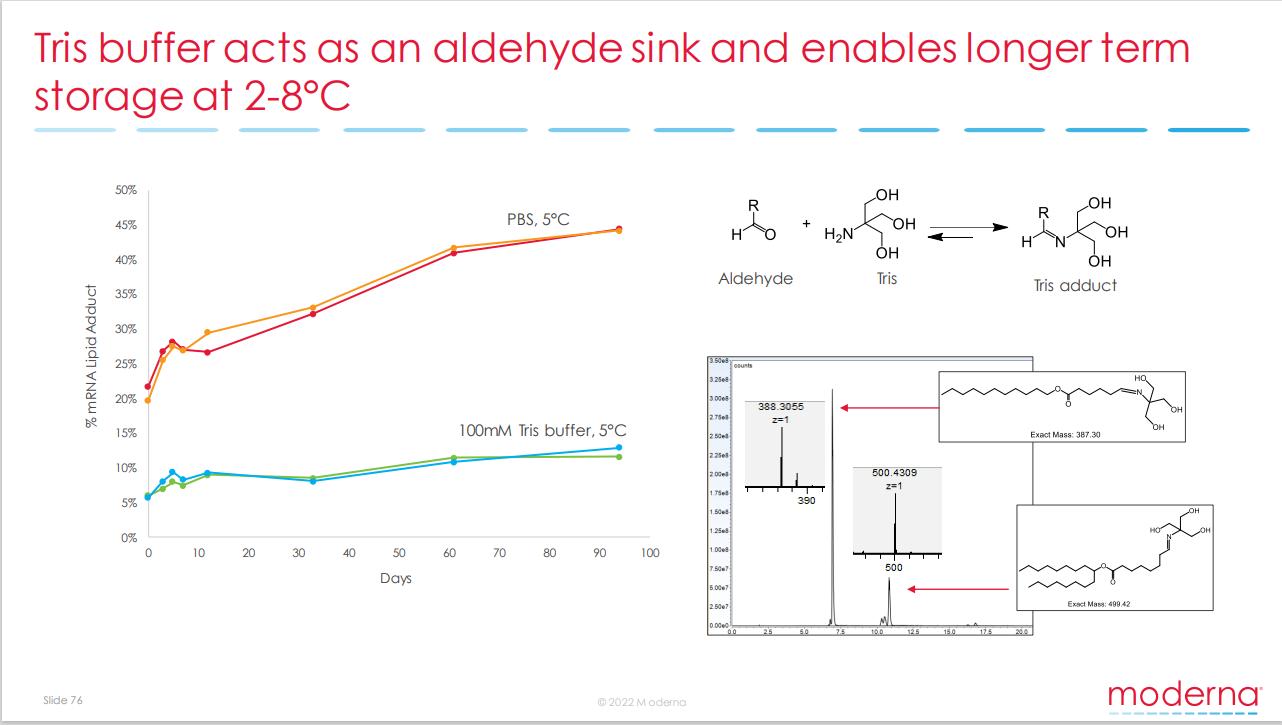
Associated reaction mechanisms are summarized as follows:
① Nucleic acid bases are known to react with aldehydes.
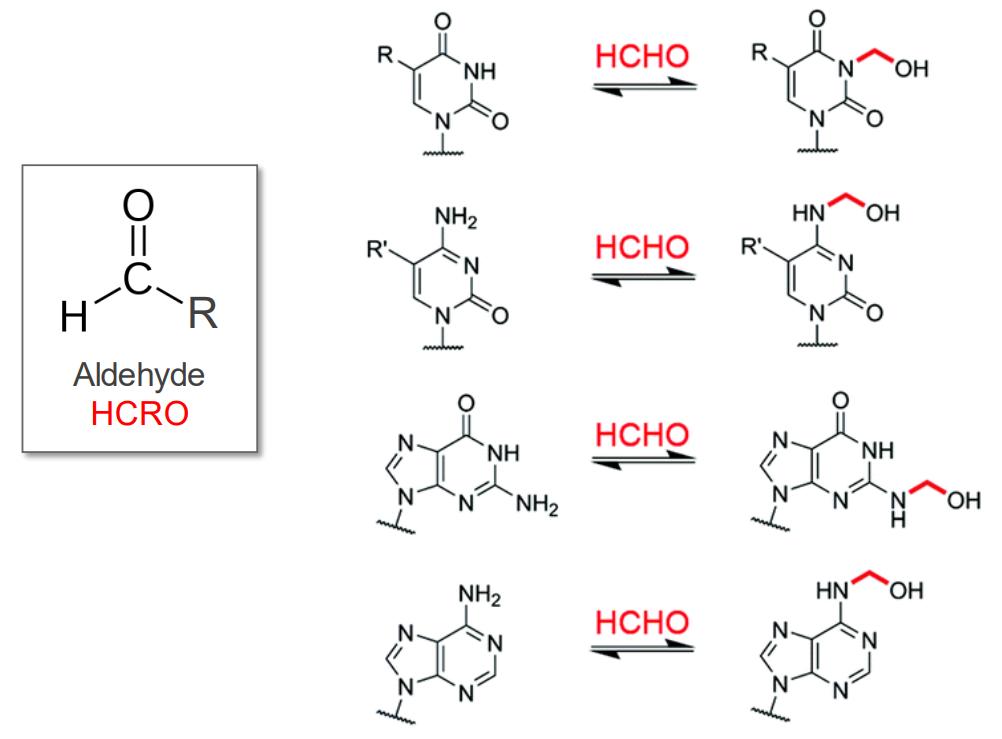
② In the LNP fraction, the tertiary amine nitrogen of ionizable lipids is oxidized to form a large number of N-oxides.
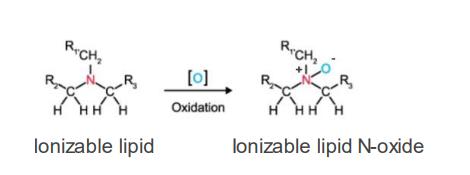
③ In acidic buffer, N-oxides degrade to generate secondary amines and aldehydes.
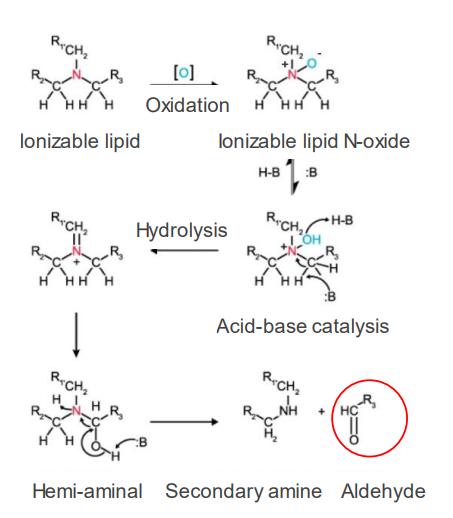
④ Aldehydes react with the bases of mRNA molecules (see ① for the reaction mechanism), affecting the stability of mRNA molecules and protein translation levels.
⑤ TRIS, as an aldehyde scavenger, can react with generated aldehydes and decrease the reaction between mRNA bases and aldehydes.

It is worth mentioning that TRIS has been widely used as a formaldehyde scavenger and is not limited to the biomedical field. For example, it has been reported that tromethamine tris buffer has been used as a novel aldehyde remover in cement mortar or latex paint, with the following reaction mechanism for formaldehyde removal:

TRIS reacts with formaldehyde in a 1:2 mass ratio. The reaction is reversible, and the final product is oxazolidine.
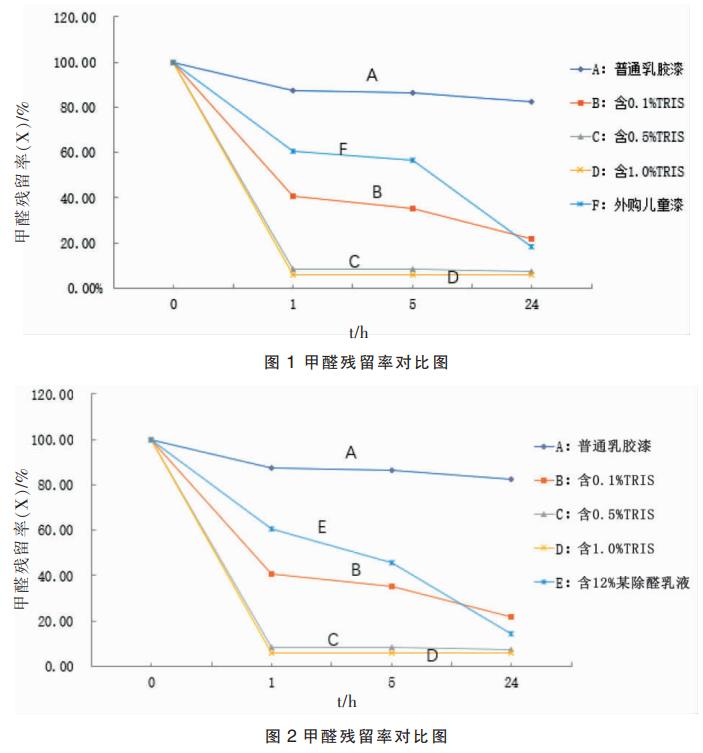
Because of the importance of ionizable lipids in the structure and function of LNP, it is difficult to replace them in a short time. Therefore, in order to improve the stability of mRNA molecules, lower the storage requirements of mRNA-LNP vaccines, and prolong the shelf life, it is worth trying to select TRIS buffer to play the role of both pH regulator and aldehyde scavenger.
AVT Ltd newly launched a TRIS product (CDE registration number: F20220000153, DMF registration in process) with the advantages of production under GMP conditions, injection grade, low endotoxin content, localization-based stable supply, cost-effective way, DNase/RNase-Free, etc. In addition, AVT offers reagent-grade TRIS-HCL buffer. Please feel free to inquire.